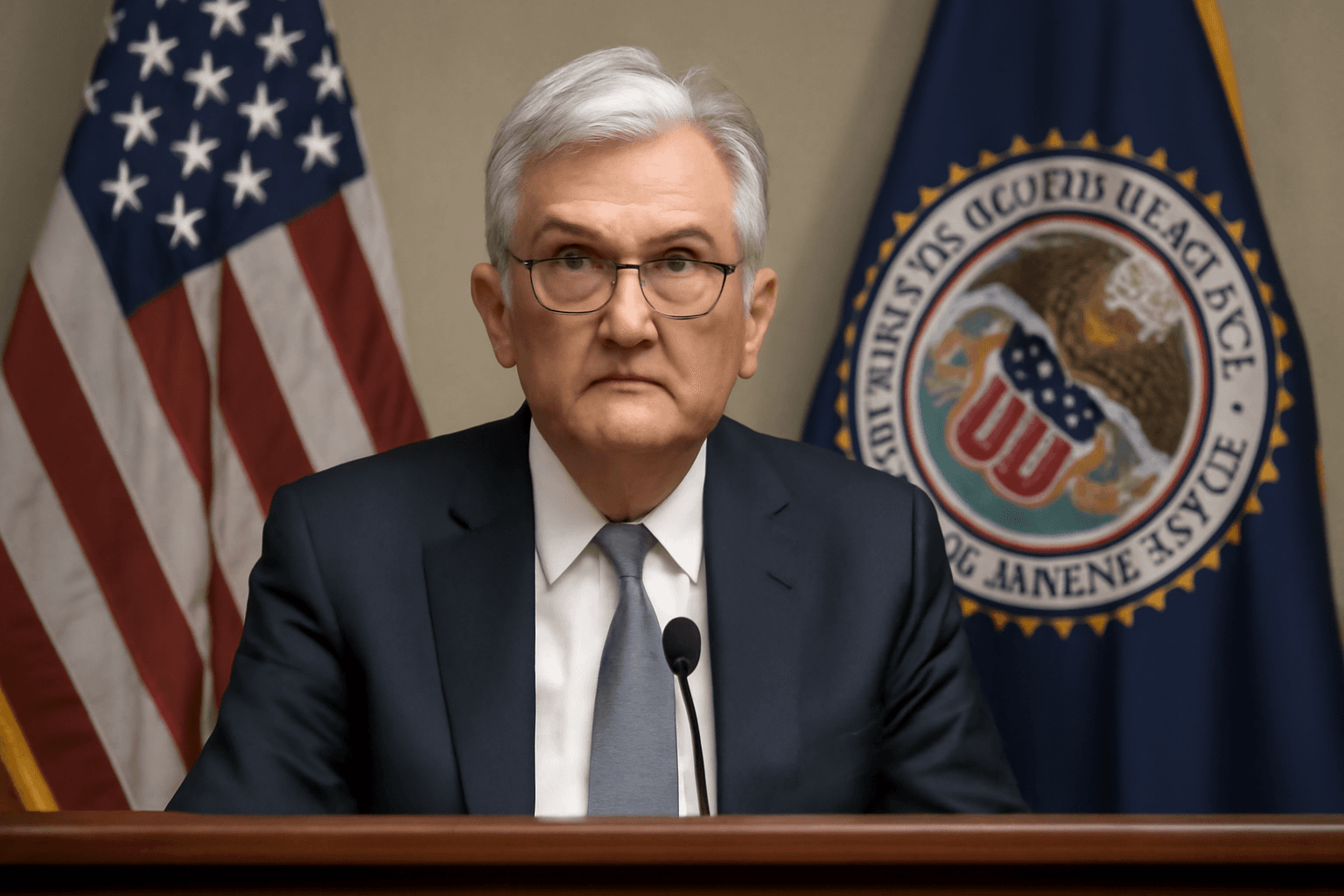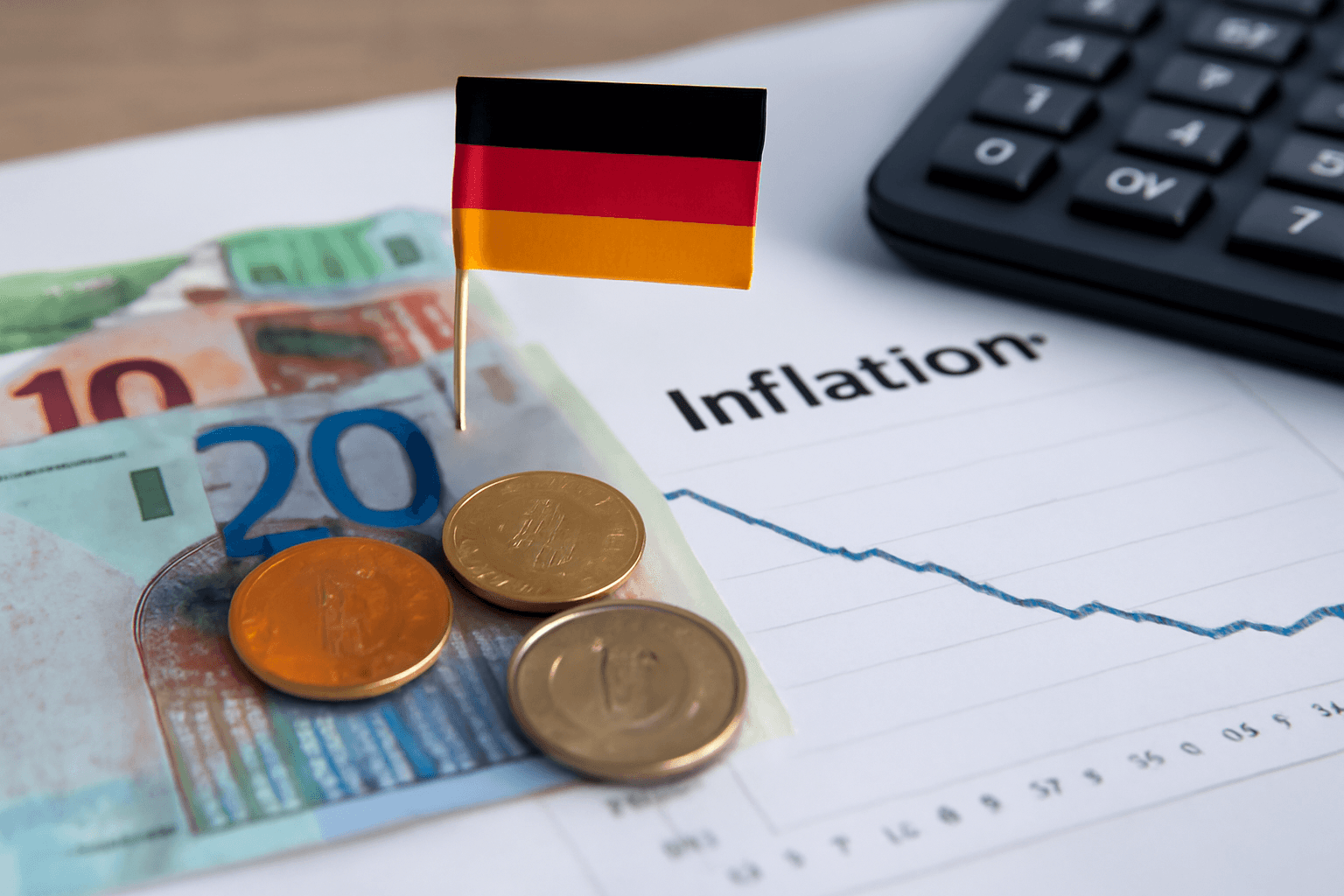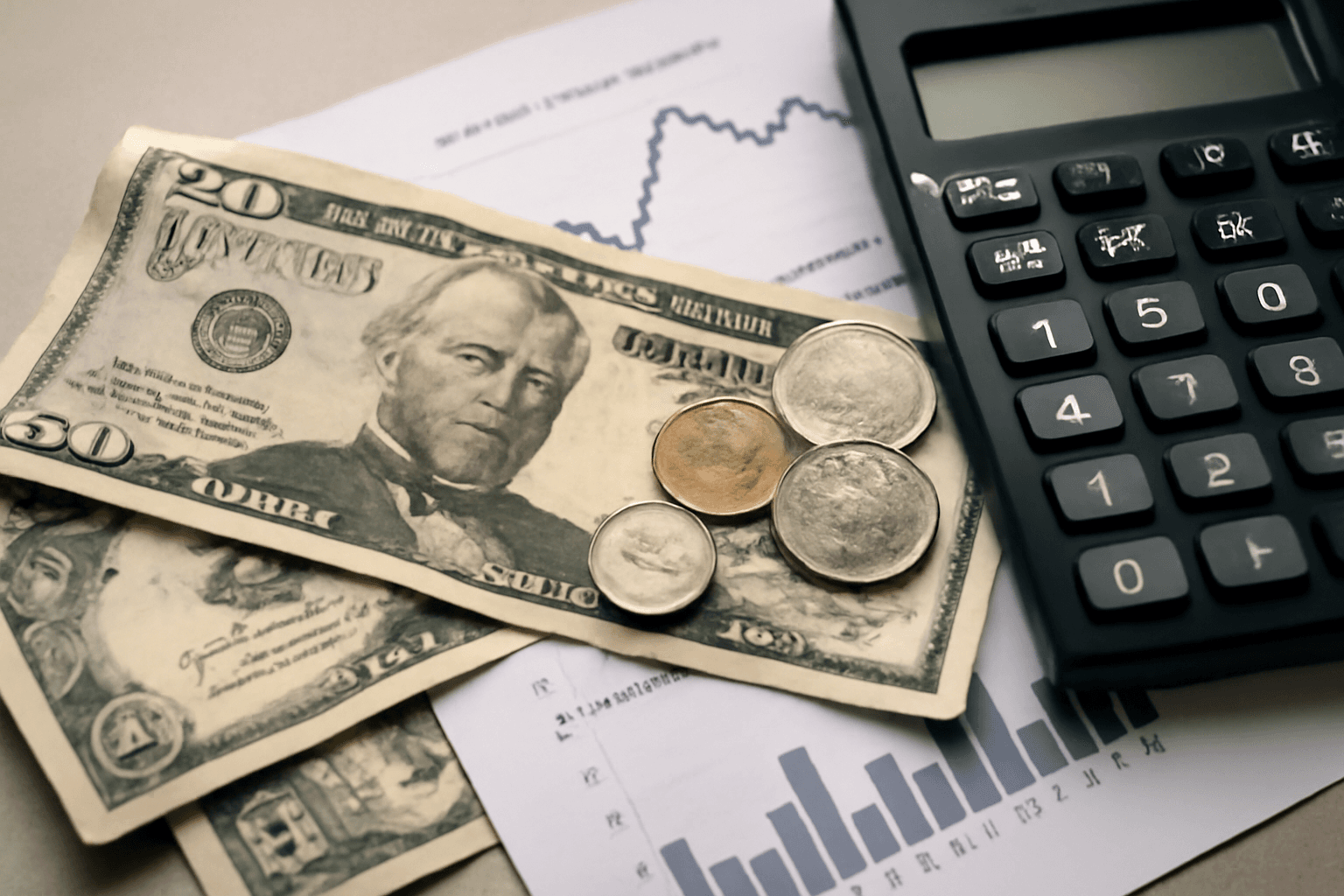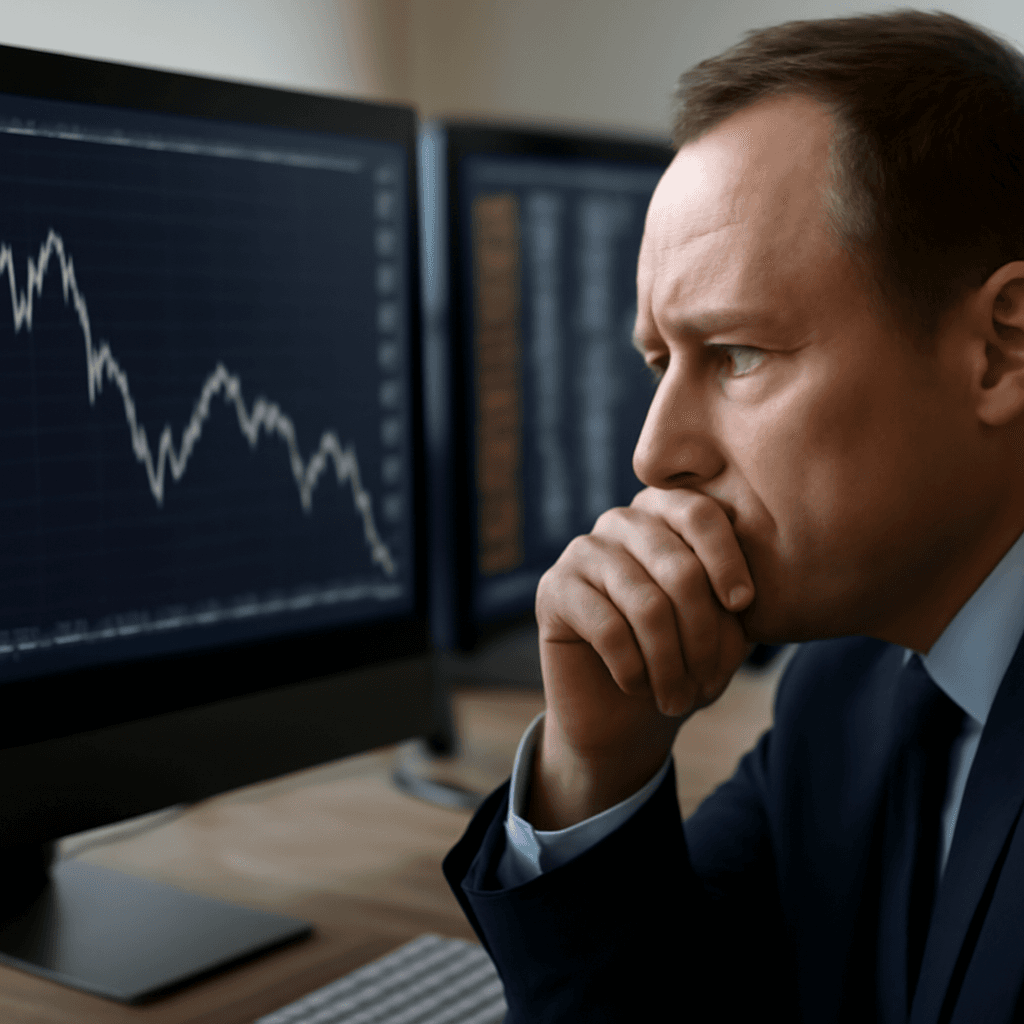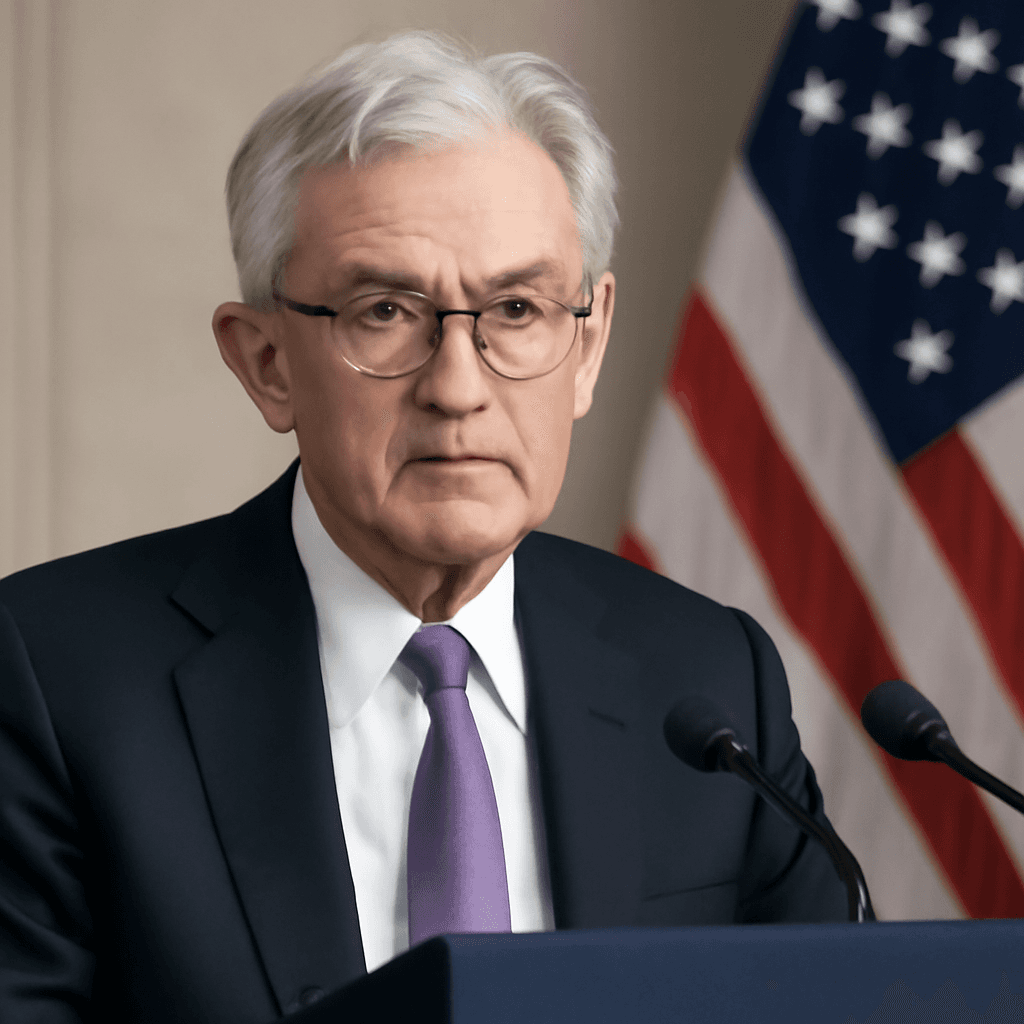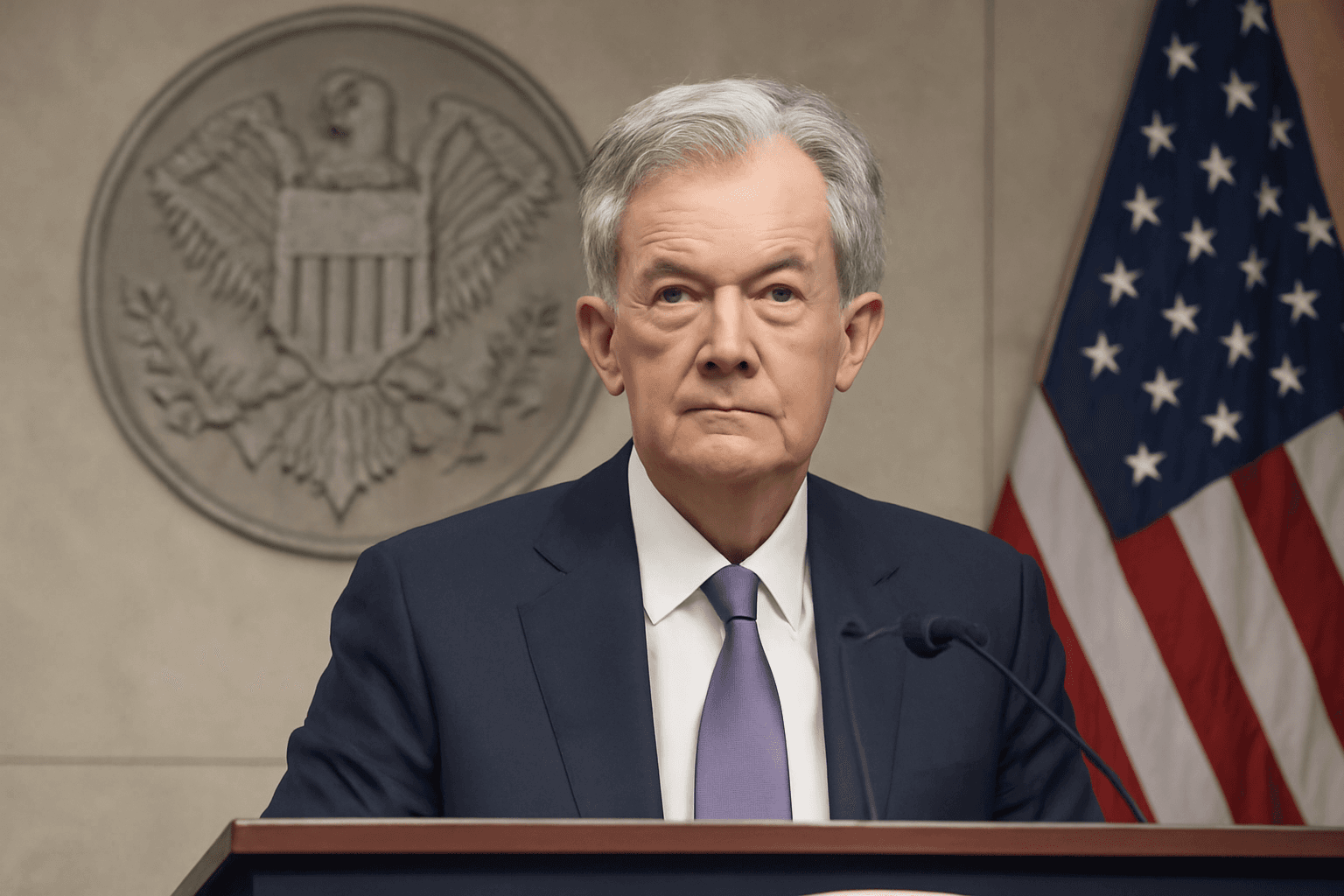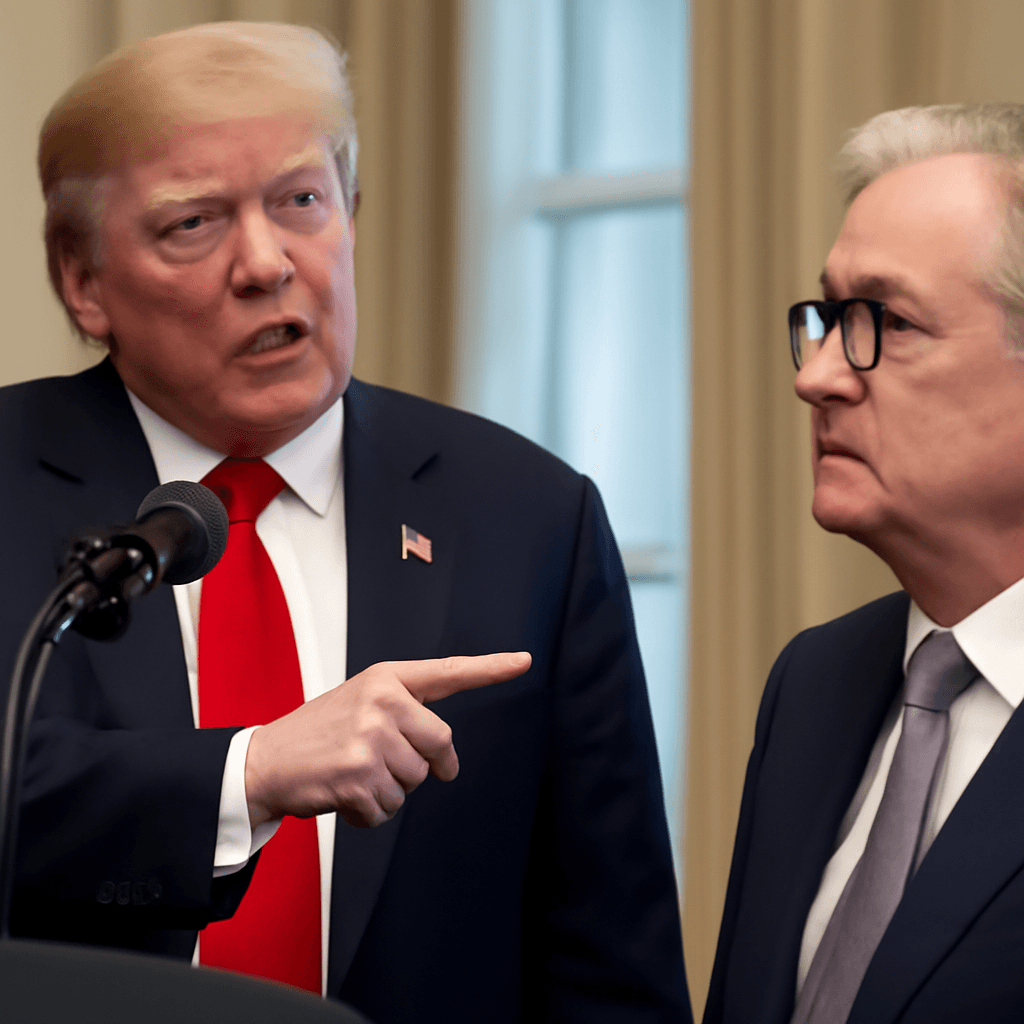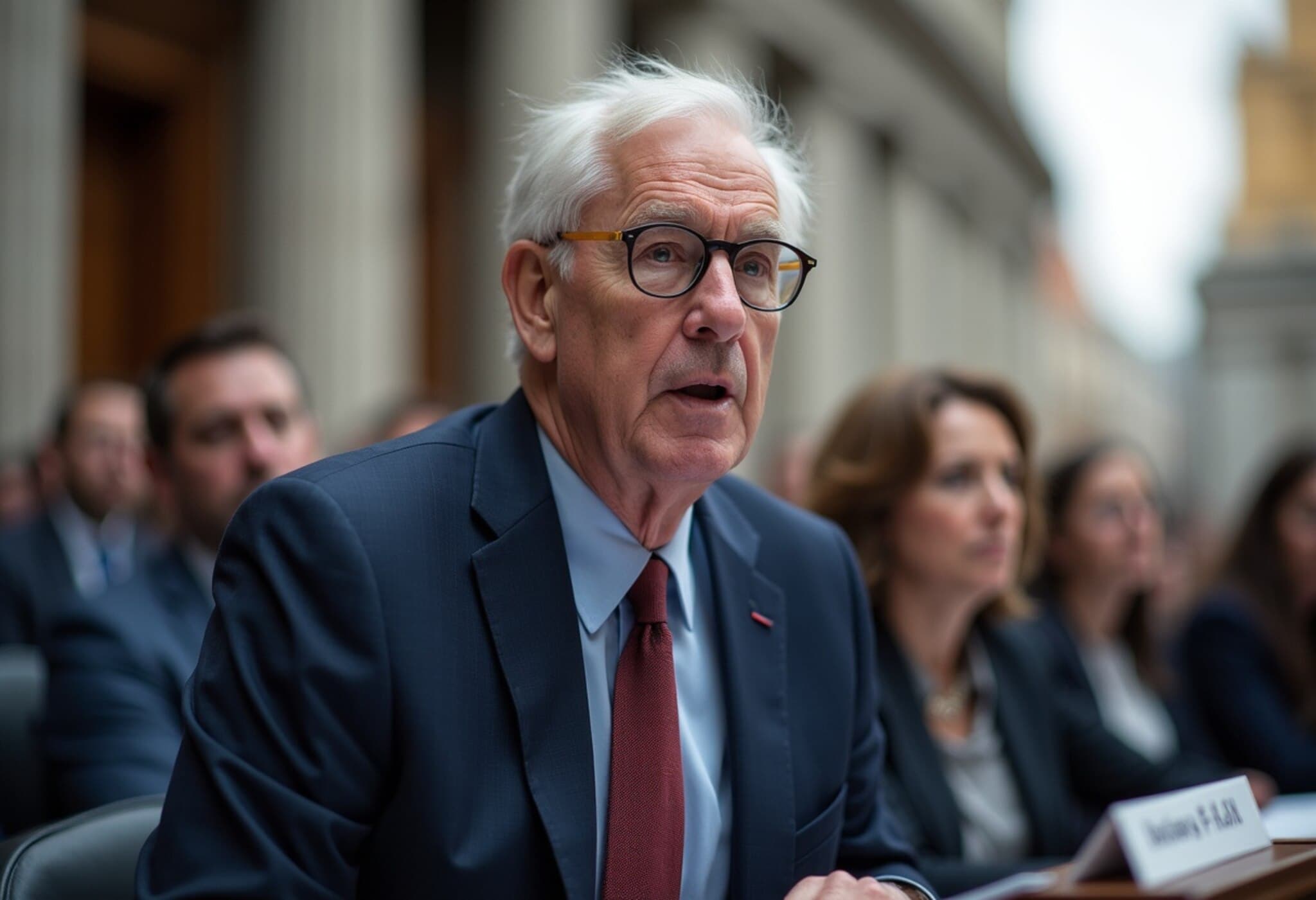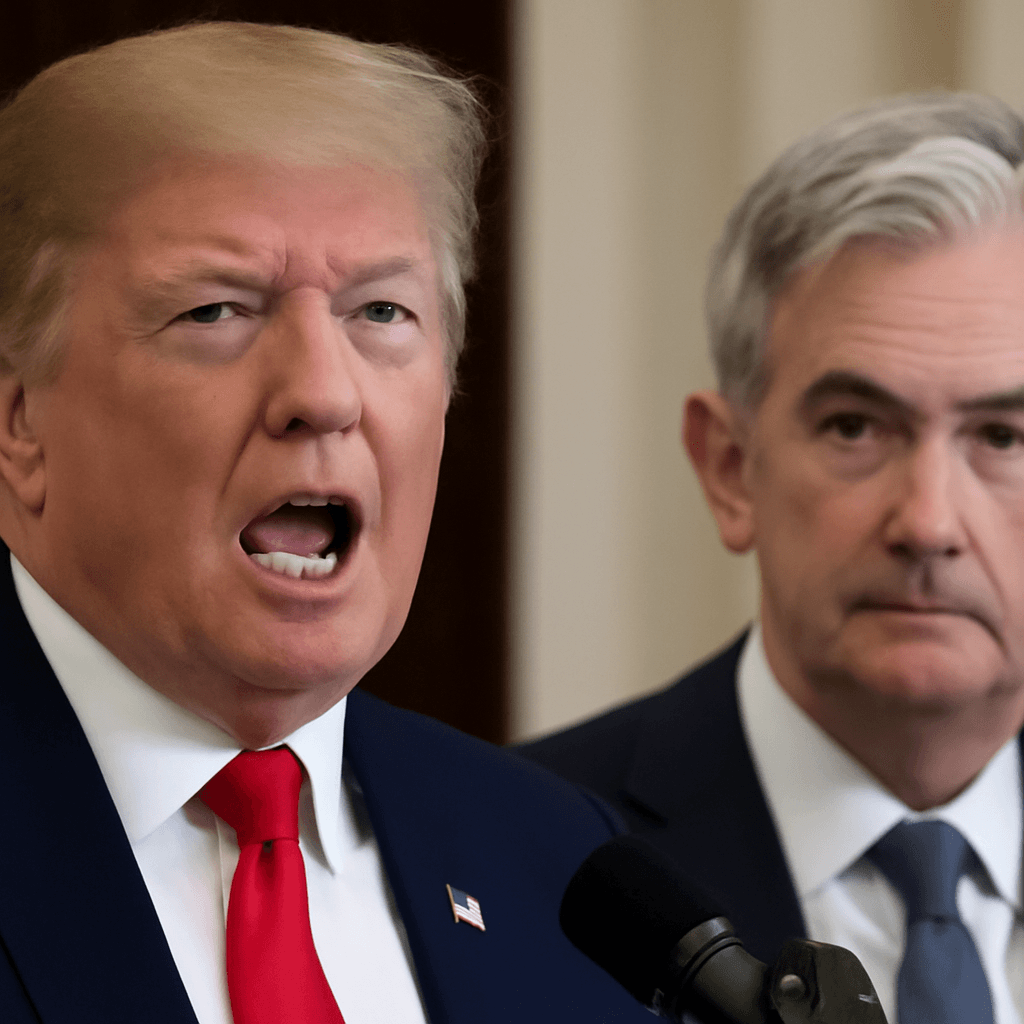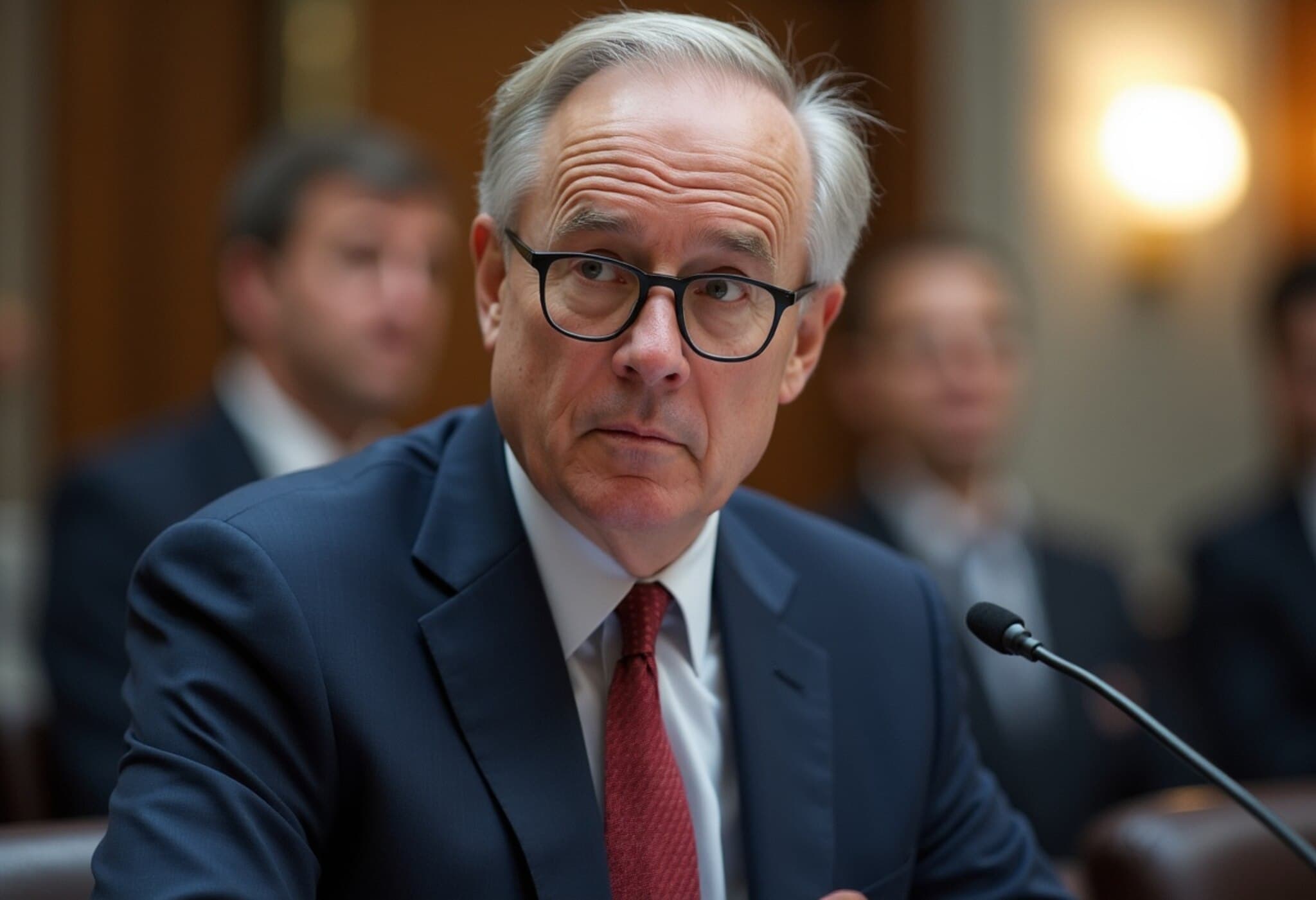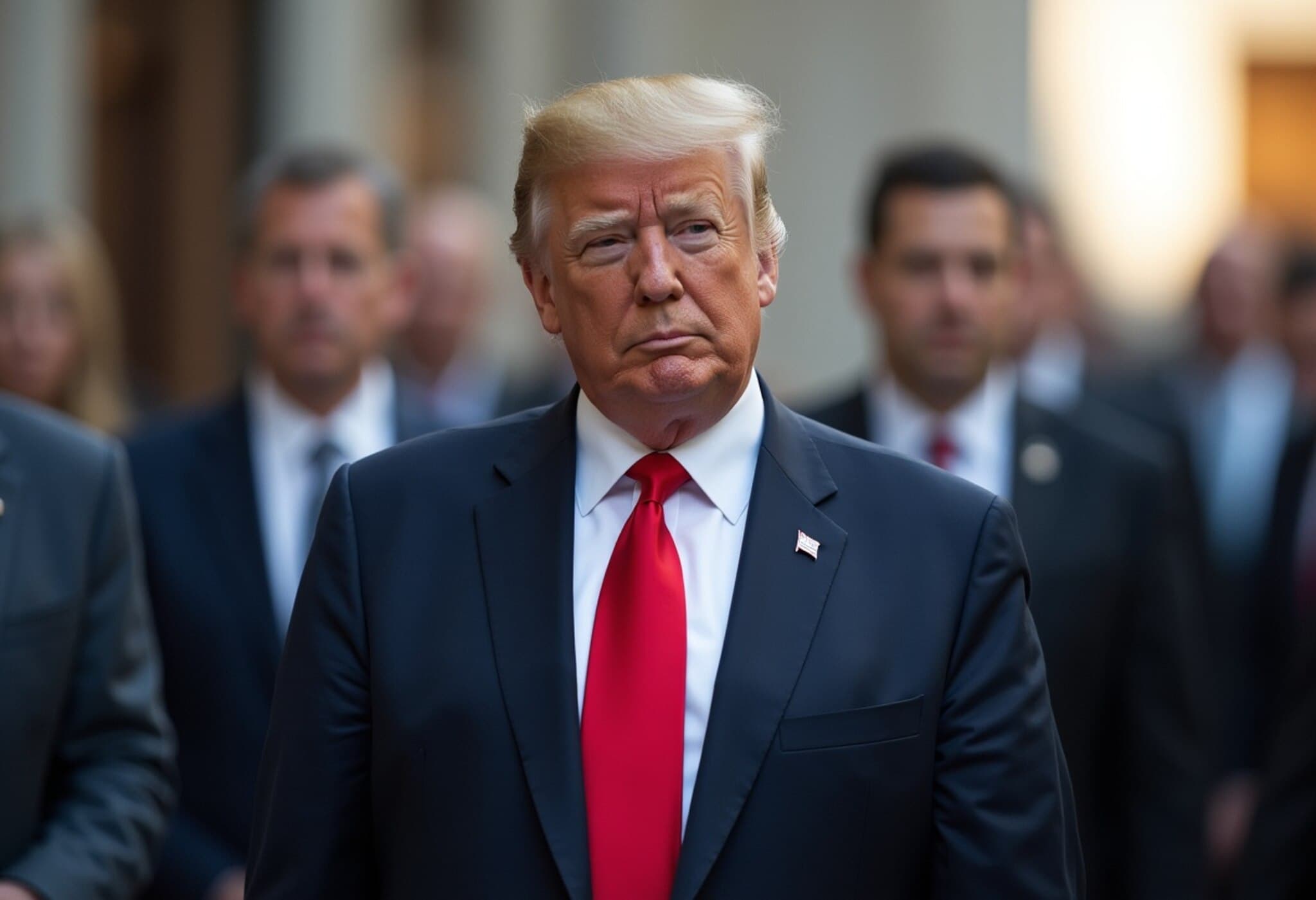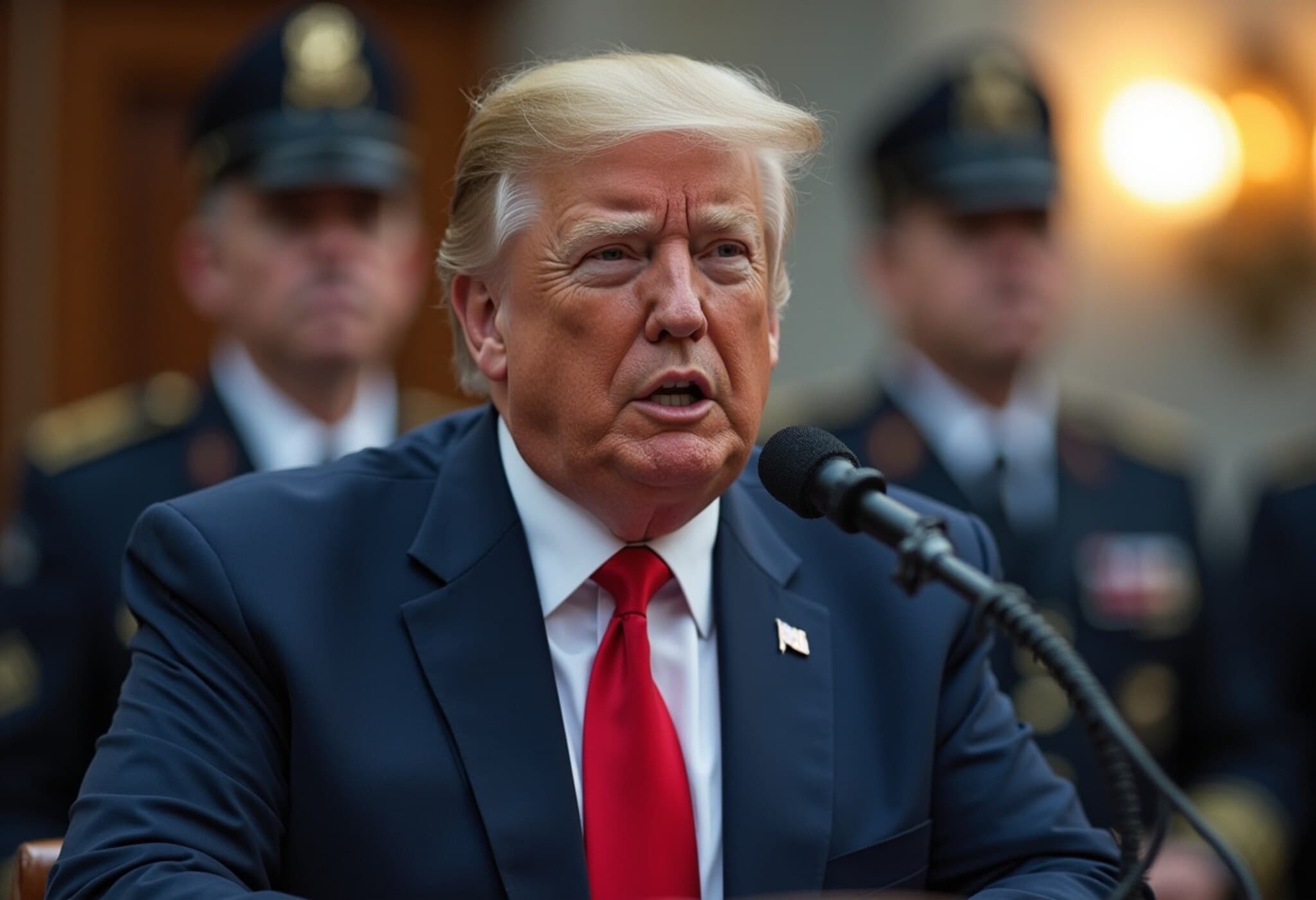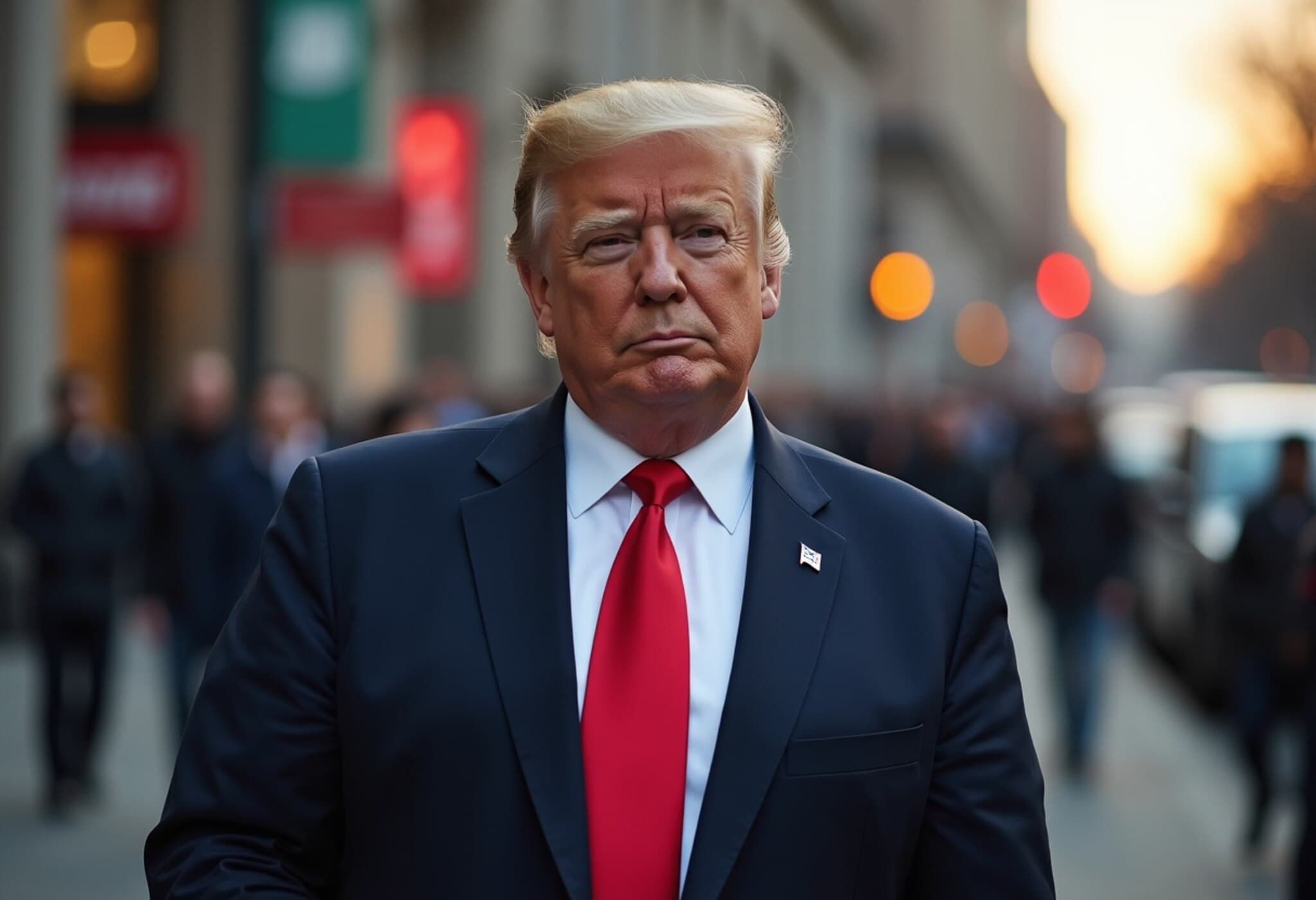US Inflation Edges Higher in June, Reaching 2.7% Annual Rate
The persistent pressure on consumer prices resurfaced in June, as newly released data from the Bureau of Labor Statistics (BLS) revealed a 0.3% month-over-month gain in the Consumer Price Index (CPI). This uptick pushed the year-over-year inflation rate to 2.7%, the highest since February 2025, reaffirming concerns over the lingering effects of trade policies and economic uncertainty.
Tariffs and Inflation: Unpacking the Complex Relationship
After months of relative calm, the inflation data signals that the tariffs imposed under President Donald Trump’s trade war have started subtly influencing consumer costs. While inflation had been trending downward since January’s 3.0% annual rise, June’s increase challenges the narrative that tariffs are innocuous to everyday prices.
Interestingly, the impact across different sectors is uneven:
- Vehicle prices: New cars fell by 0.3%, and used cars and trucks dropped 0.7%, suggesting some relief in transportation costs.
- Apparel and household furnishings: Both categories, sensitive to tariff shifts, rose notably — apparel up 0.4% and household furnishings surging 1.0%.
- Shelter: Although shelter costs increased by a modest 0.2% monthly, they remain the largest contributor to overall CPI growth with a 3.8% annual gain.
This patchwork effect paints a nuanced picture: tariffs seem to be nudging prices higher in certain consumer goods, while other sectors like vehicles are defying expectations, possibly due to broader market dynamics.
Core Inflation and Essential Costs Remain Elevated
When stripping out the notoriously volatile food and energy categories, core inflation inched up 0.2% monthly, putting the annual rate at 2.9%. This figure slightly undershot forecasts calling for a 0.3% monthly increase but still signals persistent underlying inflation.
Energy prices rebounded with a 0.9% rise after a dip in May, though they remain slightly below the prior year's levels. Food prices climbed steadily by 0.3%, continuing a trend that touches every American household.
The Human Impact: Wages, Purchasing Power, and Economic Sentiment
While prices creep upward, wages have not kept pace. Inflation-adjusted hourly earnings dipped by 0.1% in June, indicating shrinking purchasing power for many workers amidst rising living costs, notes the BLS. On a yearly basis, real earnings saw a modest 1.0% increase, but the short-term erosion raises concerns about economic wellbeing for average Americans.
Policy Responses: Fed’s Steadfast Stance Amid Political Pressure
President Trump has repeatedly pressured the Federal Reserve to lower interest rates, blaming them for amplifying the cost of servicing the national debt and resisting his tariff strategy. The president has publicly dismissed tariffs as inflationary forces and called for Fed Chair Jerome Powell’s resignation.
Yet, the Fed remains cautious. Chair Powell and his colleagues argue that the economy’s current strength justifies a deliberate wait-and-see approach regarding tariffs’ inflationary consequences. Markets anticipate the Fed holding rates steady through July, with a potential quarter-point cut in September.
What Lies Ahead for Inflation and the Broader Economy?
June's inflation report underscores the delicate balance policymakers face. The subtle yet clear influence of tariffs on consumer prices raises critical questions:
- How will ongoing trade tensions continue to shape inflation and consumer confidence?
- Can wage growth accelerate enough to restore real purchasing power for American workers?
- What will be the Federal Reserve’s strategy amidst political pressures and economic uncertainties?
As inflation interacts with complex economic forces, the coming months will be crucial in determining whether prices stabilize, accelerate, or force a recalibration of policy priorities.
Editor’s Note
This nuanced inflation report reveals more than just headline numbers—it highlights the intertwined nature of trade policies, consumer costs, and wage dynamics affecting Americans daily. While tariffs edge prices up in certain sectors, others show resilience, complicating the economic outlook. For policymakers and consumers alike, vigilance and adaptability will be key as inflation’s trajectory continues to unfold amid political and global uncertainties.



